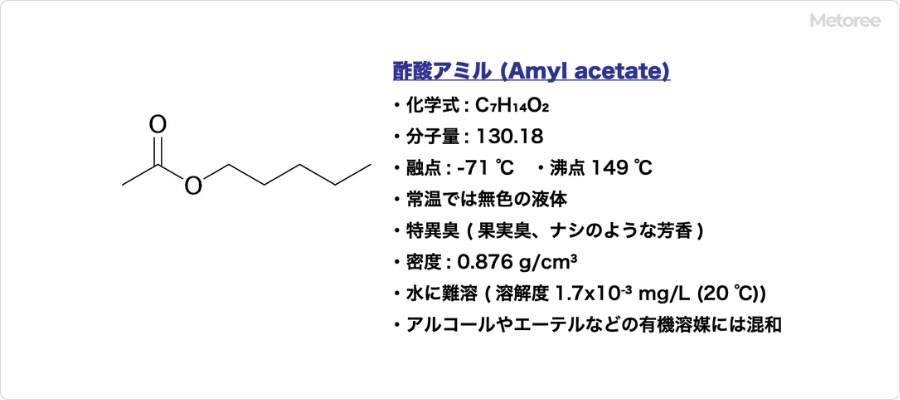What Is Chromium Oxide?
Chromium oxide refers to several compounds of chromium, differing by oxidation states. Commonly, chromium oxide (III) is implied, though chromium oxides (II), (IV), and (VI) also exist. Chromium oxide (III) is the most stable form, recognized under safety regulations for its hazardous nature.
Uses of Chromium Oxide
Chromium (III) oxide, known for its stability against acids, alkalis, and high temperatures, is primarily used in refractories. It colors glass and fabrics green, serves as an abrasive, and forms part of ceramics. In chemical processes, it acts as a catalyst for various reactions and in synthesizing chromium salts.
Properties of Chromium Oxide
Chromium (II) oxide is a black powder, insoluble in water and weak acids but soluble in hydrochloric acid. It is chemically unstable, turning into chromium oxide (III) upon oxidation. Chromium (III) oxide is notably stable, insoluble in acids and alkalis, and soluble in heated alkaline bromic acid solutions. Chromium oxide (IV) is ferromagnetic and insoluble in water, while chromium oxide (VI) is red, deliquescent, highly toxic, and forms chromic and dichromic acids when dissolved in water.
Structure of Chromium Oxide
Chromium oxides vary structurally with oxidation state: CrO for chromium oxide (II), Cr2O3 for chromium oxide (III) with a corundum-type structure, CrO2 for chromium oxide (IV) with a rutile-type structure, and CrO3 for chromium oxide (VI) with an orthorhombic structure. Chromium oxide (III) features chromium ions in octahedral gaps of a hexagonal close-packed oxide ion arrangement.
Other Information on Chromium Oxide
1. Synthesis of Chromium Oxide
Chromium oxide (II) can be produced by oxidizing chromium amalgam or by reacting chromium oxide (III) with hydrogen or ethanol. Chromium oxide (III) is obtainable from chromite or by decomposing chromium nitrate, while chromium oxide (VI) is synthesized from sodium chromate or dichromate treated with sulfuric acid.
2. Chromium Oxide Reactions
Chromium oxide (III) is amphoteric, dissolving in both acids and concentrated alkalis, and can be reduced to chromium metal. Chromium oxide (VI) serves as a potent oxidizing agent in synthetic chemistry, transforming alcohols into aldehydes or ketones.
